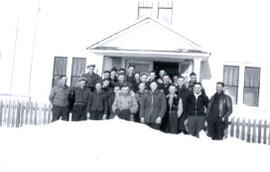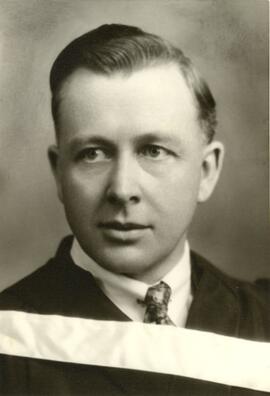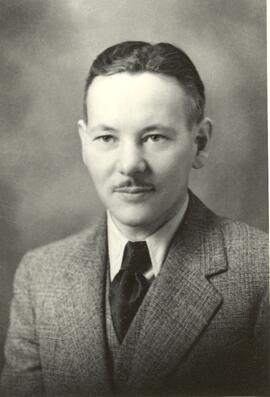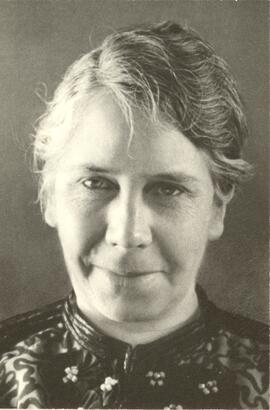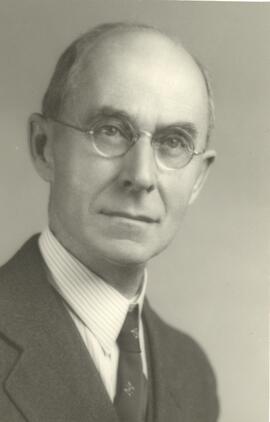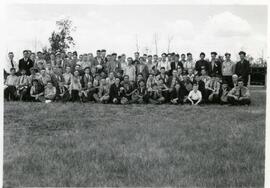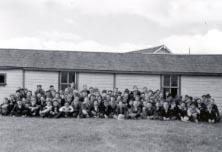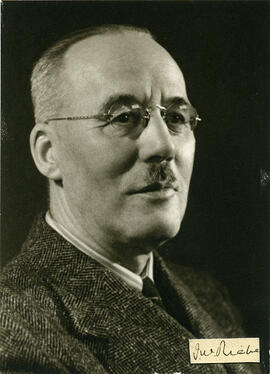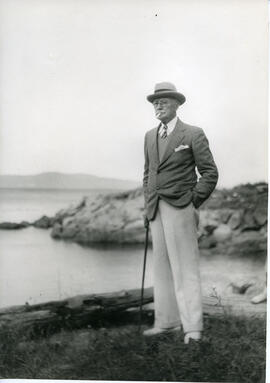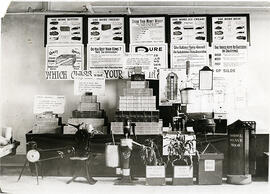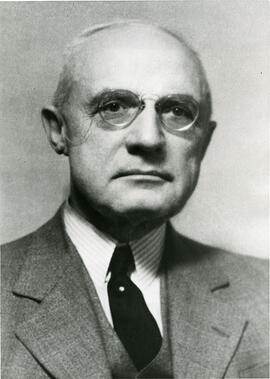Agriculture - Short Course - Group Photo
- A-3136
- Stuk
- [193-?]
Posed winter image of participants of the Rama, Saskatchewan, agricultural short course; group standing in front of building.
Bio/Historical Note: Walter C. Murray, University President, saw that the College of Agriculture would keep the university close to the life of the people. Between 1909-1912, before they had teaching space, the agriculture faculty developed the agriculture farm and traveled doing extension work, most significantly, with the Better Farming Train. The Saskatchewan Minister of Agriculture, W.R. Motherwell, supported extension work with tax revenue funds. In October 1912, the first agriculture class was taught. Both a 3-year associate course and a degree course were available. In 1937 the associate program became the School of Agriculture. The school responded to local farming problems by teaching and research and with new departments directed to these areas.

